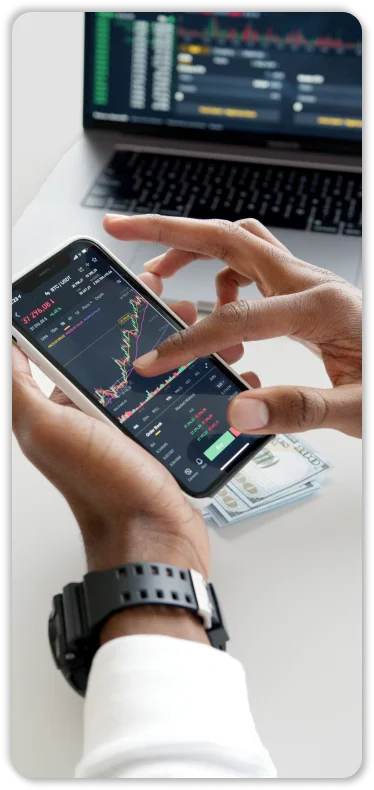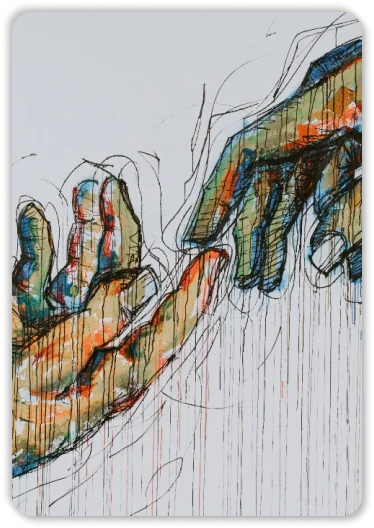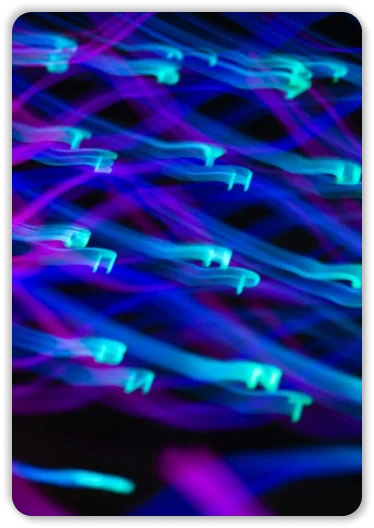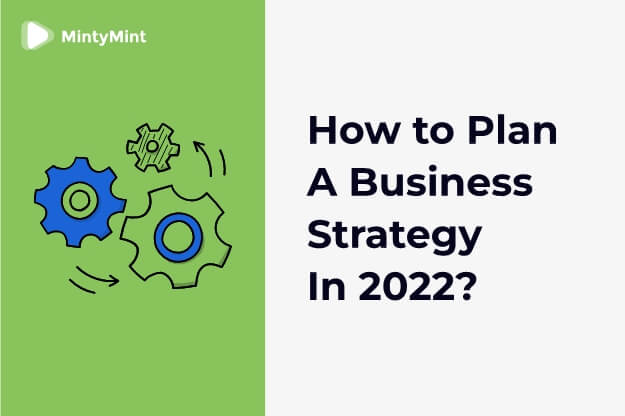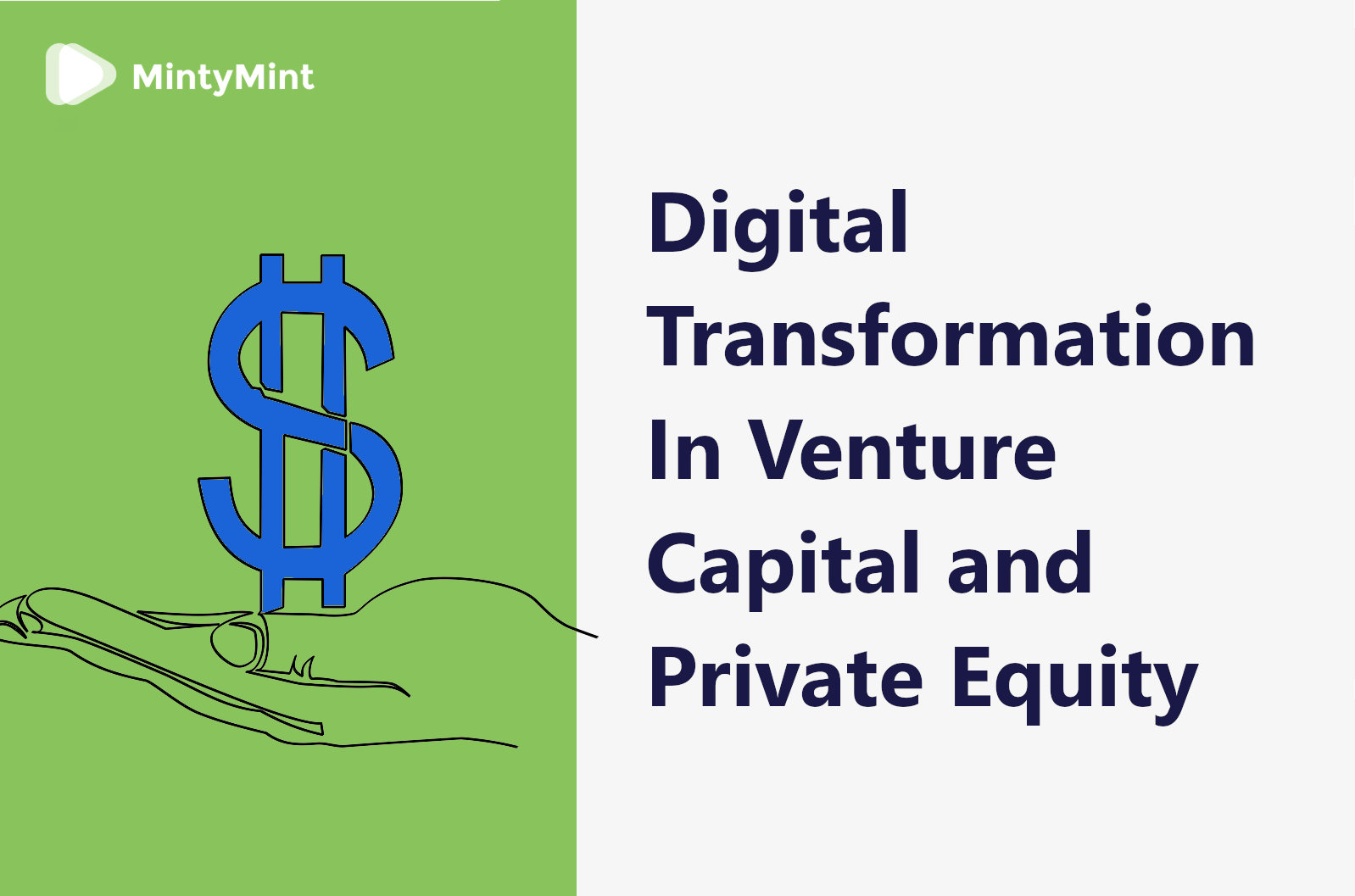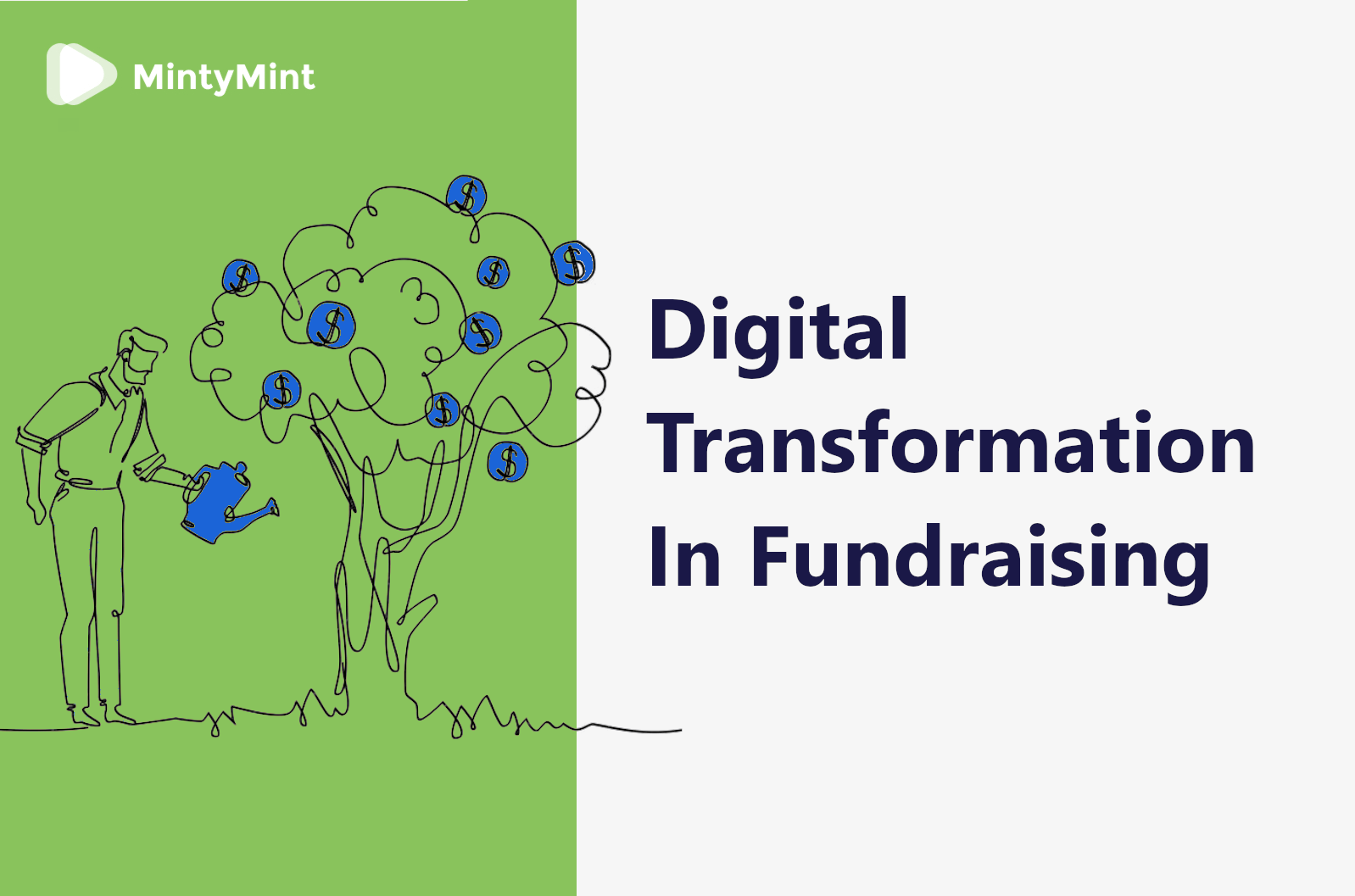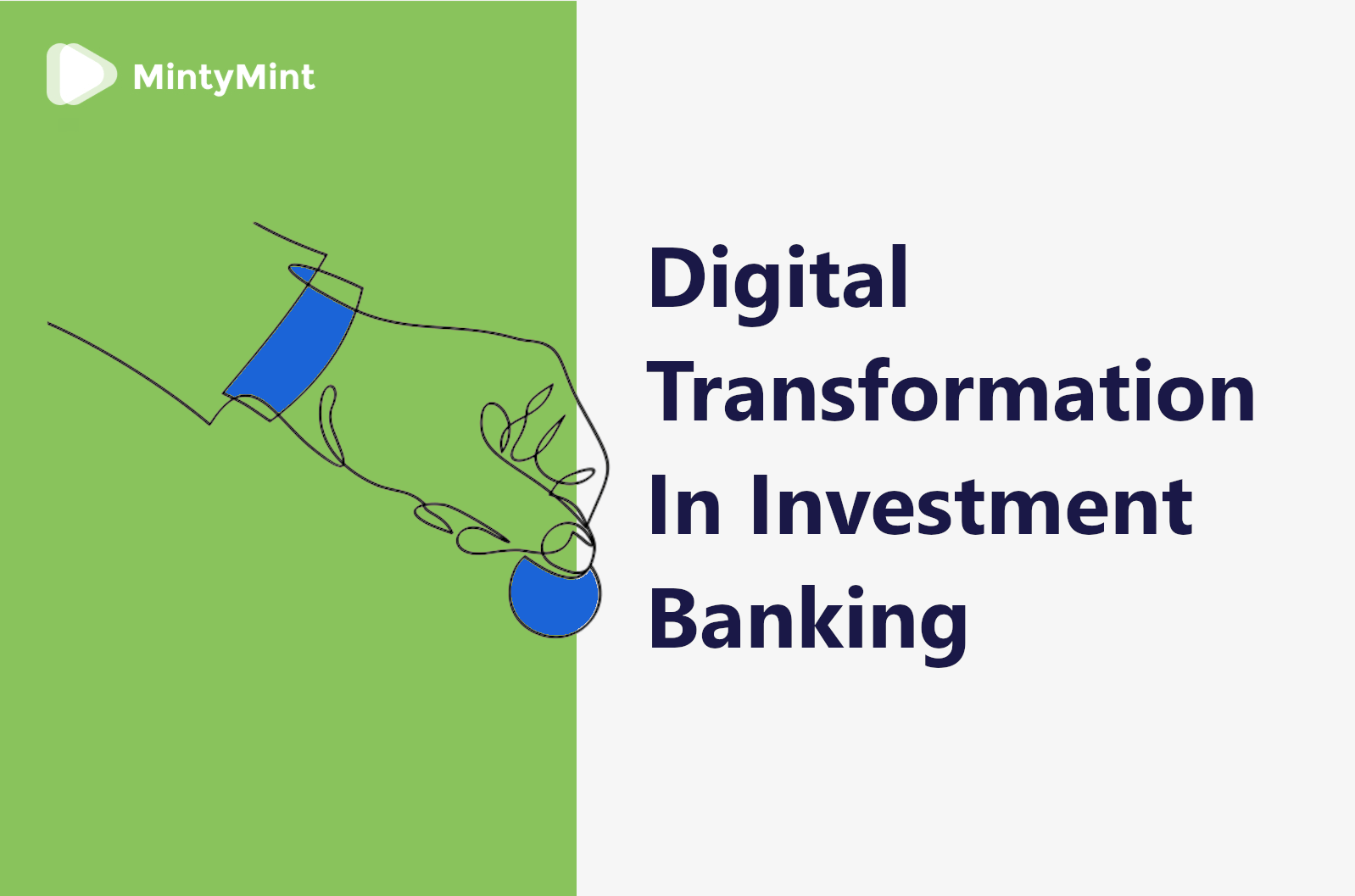If there isn’t a team of developers gathered around yet but you do need to choose a tech stack for the product-to-be – you are at the right place.
In fact, many entrepreneurs struggle at this stage.
A software’s technology stack determines its fate. If you choose it correctly, it ensures smooth development, high product quality, and happy clients. Otherwise – expect budget overspending and multiple production issues. So, the subject is extremely important.
Sounds too complicated? Don’t worry, we’ve got you covered on this one.
But first, let’s go over the basics.
What is a technology stack?
Every product development project consists of several key stages such as:
- concept
- design
- implementation
- testing & integration
- and maintenance.

A tech stack describes a number of core tools and technologies applied across that process.
Naturally, it depends a lot on the project’s goals and setup.
So, the first step to choose a tech stack for a product is to determine the device type you are developing for.
Top mobile development technologies
With mobile phones, your options narrow down to either of the two prevalent platforms (Android and iOS) or cross-platform development to get both.
Let’s look at them in detail.
Android development technologies
Android apps are traditionally powered by Java or Kotlin.
Java is a classic coding language. It was the official language of Android apps before Kotlin took the stage. Now, Kotlin is the golden standard for building Android apps. A concise and streamlined version of Java, it is one of the main affections of mobile developers in 2020.
Brands like Pinterest, Netflix, Uber, and Trello rely on Kotlin.
iOS development technologies
iOS development, on the other hand, runs on Swift and Objective-C.
Objective-C is a successor of the C programming language (one of the forefathers of software systems) and the backbone for Apple’s iOS and OS X. Swift is a successor of Objective-C developed by Apple.
These two are the technical foundation behind Hubspot, Lyft, Airbnb, Linked In, and Yahoo Weather iOS apps.
Cross-platform mobile development technologies
Now, if you want to have your cake and eat it too, sort of speaking, then React Native and Xamarin are at your service.
React Native allows you to create native, cross-platform mobile apps in a single environment. This is the tool we have used in most of our mobile projects. It saves a lot of time and effort by eliminating the need for writing separate sets of code for different platforms and is just very convenient.
Xamarin is a similar solution allowing you to share native interface code across multiple platforms including Android, iOS, and Windows.
Hybrid app development technologies
One more approach to building multi-platform mobile apps is hybrid development. It builds upon the duet of HTML5/CSS and JavaScript (later in this article), finished with auxiliary frameworks like Cordova, Sencha Touch 2, and Ionic.
Mobile technologies – check.
Web development tools and technologies
Web software development is much different from that of mobile apps.
There are usually two parts of a web technology set: one on the client-side and one on the server-side. To provide a reference, there’s a house exterior with all of the eye-pleasing details and then there are the walls that hold everything up. Those are referred to as the frontend and backend of web applications, and together they make up a full-stack.
Here’s a fairly accurate representation of the software’s frontend and backend roles:
Front end web development technologies
We won’t go deep into the anatomy of a web page interface as there isn’t much insight to share. Just for the record, however, here’s a quick overview of the three building blocks of a front-end technology stack, which operate pyramid-wise:
- The founding father of web architecture and e-mailing – HTML (stands for Hypertext Markup Language). It serves the input of core page content & characteristics, describing internet pages structure-wise.
- On top of HTML goes CSS – Cascading Style Sheets. As its very name suggests, CSS is responsible for the design of web pages. It creates a visually appealing picture by influencing how the HTML code will look on the user screen.
- Finally, renowned JavaScript takes the browsing experience to a radically new level by enabling interactive interfaces and highly personalized web applications.
Once again, the frontend is a wrapper responsible for everything users see on their screens.
Back end development technologies
Now, there’s much more to chew on when it comes to the server-side part of a software’s tech stack. This is where “ground” work is done, executing so-called CRUD operations (which stands for Create, Read, Update, and Demand).
While these technologies vary a lot, some of the most relevant backend tech stack solutions to choose from in 2020 are:
JavaScript and TypeScript
A go-to choice for full-stack website development, JavaScript is a highly compatible coding language that has been topping the charts for quite a while. Traditionally considered a front-end development tool (as mentioned above), it has recently been adopted for server-side operations too, making it stand out in the crowd as a universal web engineering solution.
JavaScript is everpresent and backs a ton of prominent tech services including Yahoo, Amazon, and Wikipedia.
TypeScript is a superset of JavaScript designed to address the issues of large-scale application development associated with JavaScript without sacrificing the general program architecture provided by it. Although largely similar in nature and backward compatible, the two “scripts” are actually separate coding languages.
Python
One of the top backend tools for web services and apps in 2020. It offers a pool of benefits from intuitive workflow and great libraries, to impressive productivity and powerful frameworks. It is also the #1 language for projects dealing with advanced technologies like Machine Learning and Big Data.
YouTube, Instagram, Dropbox, Reddit, and Spotify all make use of Python.
Ruby
Another admired back-end language with one of the warmest user communities in the set. It is the foundation for the favored Rails framework and is perfect for small-scale projects and MVPs.
Ruby is associated with many tech startups as well as reputed industry names like Twitter, Airbnb, and Spotify.
PHP
A powerful cross-platform coding language perfect for dynamic websites and applications. Although extremely popular, it has a mixed reputation among devs and is not recommended for new projects due to the risk of a large code debt (the cost of unnecessary rework).
All that said, PHP backs a lot of well-known services like WordPress and MailChimp.
GO
Slightly less popular than its rivals, yet still a great choice for building both large networks and microservices. Go provides rather wide development capabilities (similar to the C family) along with high operational speed.
Built by Google, Go is one of its core technologies.
Traditional backend coding languages
Other server-side coding languages worth a word include:
- C – a true forefather of coding, who at 48 years old remains among the most prevalent programming languages. C powers a lion’s share of modern OS’s like Windows, Linux, Mac, Android, and iOS.
- Java – a common choice of developers for a long time now. It is the classic solution for both Android and web apps and is the technical backbone for web giants like Twitter, LinkedIn, and eBay.
- C++ – similar to C, it offers a smoother coding experience due to a combination of modern-ish object-based programming and traditional syntax. C++ is behind Mozilla Firefox and a lot of Adobe and Microsoft software.
- C# – a flexible and multi-purpose mixture of C and Java, it enables the development of a wide range of digital products from games to complex server structures. A lot of Windows desktop apps are written in C#.
Are you still with us?
Great!
Now, let’s look closer at what makes up the fine finish of a web development technology stack.
Top web development frameworks (& Node.js)
Just like any field of technology, software engineering approaches constantly evolve and complexity.
This is where web frameworks originate.
At the core of it, frameworks add further capabilities to pre-existing functionalities of web software. They are like the utensils in your household that help you to fulfill particular tasks efficiently, improving everyday life.
These tools are also divided into frontend and backend groups and depend on the coding language they add up to. It should be noted that while being quite versatile in application and workflow, most frameworks are quite equal functionality-wise. As they say – to each his own, and every developer has his favorites when it comes to various software tools.
However, here are some of the top choices in the community:
Best frontend frameworks:
- React.js – although technically a front-end library, many consider it a full-fledged framework. React.js can be used for both server-side and client-side functionalities, providing massive full-stack development opportunities.
- Angular and Angular.js – a couple of vibrant and capable frameworks perfect for creating rich single-page web apps.
*The .js part in the name typically indicates that a framework is JavaScript-based. Angular is a younger, faster version of Angular.js due to it being based on JavaScript’s superset – TypeScript. - Vue.js – a rather new, highly compatible framework that can be implemented within already existing projects without much integration pain. Being not as bulky (yet just as performing) as its aforementioned competitors, Vue fits in perfectly with small and mid-size apps.
- Backbone – a featherweight and minimalistic JavaScript library ideal for MVPs and small projects. Although its popularity is slightly declining in recent years, Backbone is still a great frontend framework for developing simple web apps.
- Ember – named #1 frontend framework back in 2015, Ember incorporates some of the best JS practices to maximize productivity and has a huge user community.
- jQuery – yet another lightweight JavaScript library used for simplifying the programmers’ workflow by wrapping complex coding tasks into single-line-of-code instructions.
Best backend frameworks:
- Express (Node.js based) – a powerful web framework that has gained a lot of attention thanks to Node.js (mentioned below). It packs all of the backend engineering features one can wish for while being fast and flexible, although somewhat complex. Express is in the tech arsenal of such big companies as Uber and IBM.
- Django (Python-based) – a capable and sophisticated framework with some high-level security features onboard. A great choice for executing big, complex web projects.
- Laravel (PHP-based) – somewhat less ambitious than the previous two, Laravel is a powerful solution for small-scale projects. Considered heaven-sent by beginner developers, the only drawback to Laravel is that it doesn’t fit for mobile applications.
- Rails (Ruby-based) – with over 800.000 websites (including Airbnb, GitHub, and Groupon) in the portfolio, RoR has an enormous user community. Great at handling complex algorithms and cloud-based apps, it enables a smooth and quick development process, although often troublesome at the deployment stage.
- Spring (Java-based) – a popular framework for creating basic high-performing applications, which simplifies a lot of the manual work. Powered by Java, it is often used by services processing large volumes of data, such as Wix and Ticketmaster.
- Flask (Python-based) – a great choice for building simple web applications with NoSQL databases.
Just to give you some heads-up, below is a visual chart representing the share of developers using particular frameworks, according to StackOverflow. Keep in mind that devs rarely stick with just one technology*.

One of a kind
- Node.js is off the charts since being neither a language nor a framework. It is a runtime environment utilizing a Chrome V8 engine to execute the JS code server-side, which gives it super-framework capabilities. Still, it isn’t enough to be classified as an independent language since operating in the tracks of the JavaScript syntax.
Notably, Node.js backs a lot of the software developed by MintyMint, including a recent microservices-based project – 4frineds.
Woof… A lot of information, huh?
Keep calm, we’re almost through with the guide! A few more tips and you can be safe and sure on how to choose a tech stack for your next IT project.
Software databases
Another group of technologies worth mentioning in our comprehensive guide on how to choose a tech stack is databases.
If you ever worked with or read about software development, you probably came across terms like SQL and NoSQL, which refer to different types of databases. Now, what role do DBs play in a tech set composition and what are the main options?
Let’s find out.
What is a software database?
As its own name suggests, a database is essentially a collection of data. In computer science – it is one specifically organized and accessed electronically.
Databases store various application data such as user information, transaction records, inventories, or any other operational data, which makes it a rather important piece of the software!
Databases are usually classified by their organizational type, into:
- Relational
- Distributed
- Cloud
- and NoSQL
Let’s look into each group separately.
Relational DBs
The most common type of database is a relational one.
Dating back to the 1970s, these DBs represent sets of data categorized in columns and rows. They are easy to work with and do not affect the systems that utilize them when modified.
Relational DBs use the so-called Structured Query Language (SQL), which is why many of these types of tools have it in their name, like MySQL and PostgreSQL.
Distributed DBs
Distributed databases are something we’ve already referred to in one of our recent articles about blockchain.
This type of database is hosted and maintained independently by a web of nodes, which makes these databases extremely secure and efficient. These are rather complex systems, so you might want to explore the aforementioned article in order to get a clearer picture of the notion. In general, though, a distributed database is nothing but a blockchain.
Cloud DBs
Cloud databases are simply a subgroup of relational DBs that are meant to run in virtual environments and are designed and optimized accordingly. The only difference from the mentioned above SQLs is in the type of hosting and the array of features that stem from it.
In particular, cloud databases allow to sync data across multiple platforms for collaborative, real-time projects.
NoSQL DBs
Last but not least on the list of database types is the so-called NoSQL.
NoSQLs are meant to replace relational DBS when dealing with big-data tasks which the good old SQLs are inefficient for or simply can’t crack. As our software keeps using more and more data stored across multiple servers, NoSQL databases come right in handy to effectively process the information.
Here’s a rough example of the main structural difference between SQL and NoSQL data systems:

Some of the most popular NoSQL solutions include heard-of names like MongoDB, Apache, and Oracle NoSQL database.
Moving on.
Popular Web Tech Stacks
Now that we’ve covered individual technologies, let’s move on to the frequently used tech sets themselves.
In addition to the languages and frameworks mentioned above, indispensable components like servers, libraries, and platforms all make up a tech stack. Depending on the project type and goals, different technology combos fit better or worse.
Some of the most popular tech stacks to choose from are MEAN, MERN, LAMP (and its derivatives), WINS, and Ruby on Rails.
Let’s take a closer look at each.
MEAN tech stack
MEAN stands for MongoDB, Express.js, Angular.js, and Node.js.
It is a powerful and convenient full-stack development toolkit, perfect for creating dynamic JavaScript-based pages and applications. With all of its elements running on the same coding principle (JavaScript), MEAN stack is a popular choice due to simplicity and all-around consistency provided along with impressive flexibility.
Internet heavyweights like YouTube, Facebook, WhatsApp, Instagram, Netflix, etc. have MEAN in their web development arsenal.
MERN
MERN stands for MongoDB, Express.js, React.js, and Node.js.
This stack has gained a lot of attention recently and is almost identical to the aforementioned MEAN stack, its only difference being in using React.js instead of Angular.js.
MERN is a highly popular choice for creating powerful and sophisticated web applications. It carries all of the benefits offered by MEAN plus the advantage of using React products, preferred by many.
LAMP tech stack
LAMP is a classic full-stack. It traditionally consists of Linux, Apache, MySQL, and PHP.
Fully open-source, it allows cutting some of the production costs while providing impressive development flexibility. Today, LAMP remains a prevalent software bundle on the market, even though it requires some higher grade expertise, as compared to MEAN/MERN.
Frequent combinations of LAMP include:
– LAMP* & LAPP (with MongoDB and PostgreSQL instead of MySQL)
– XAMPP (with FTP Server and Perl or PHP)
– WAMP & MAMP (with Windows and Mac OS)
WINS
WINS stands for Windows Internet Naming Service.
It is a reliable full-stack development solution that operates on Microsoft technologies, such as Windows Server, IIS, .Net, and MS SQL. Although its legacy is well-spread on the internet, it is not the most popular choice among entrepreneurs since being quite pricy and inferior to js-based tech stacks integration-wise.
Other than that, the WINS stack packs a lot of capabilities in the set, especially if you plan to work with MS products.
Ruby on Rails
This one is the already-mentioned pair of the Rails framework and the base Ruby language itself.
Ruby on Rails is widely applied by startups & MVPs and is perfect for small-scale projects.
In general, those are the industry’s most popular options when it comes to choosing a tach stack.
To sum up all the findings, here’s a graphic technology map for you to breeze through the main dev tools associated with each platform once again:

Now, let’s move on to some additional factors to consider when you choose a tech stack.
Additional suggestions on how to choose a tech stack
Indeed, there are lots of things to ask yourself before sticking with a particular technology set. Here’s a cheat sheet for you to check with, whenever puzzled:
Project type
The size and complexity of a project largely determine which tech stack you should choose. The tools that perfectly fit a simple website (Ruby on Rails, MEAN) may not be as good of a match for an interactive web page or big data project (LAMP).
Scaling
Thinking ahead has failed no one so far and is especially true in the fast-changing world of IT. Depending on the issues your product resolves, different tech combinations will work better or worse for meeting the users’ needs.
That said, it’s better to avoid constraining yourself software-wise and leave the opportunity to scale up when the time comes.
Performance
Similar to the previous point, the speed and responsiveness of your service lie at the core of a positive user experience. Therefore, factoring this one in to choose the right tech stack is crucial.
Another factor affecting the choice of a server-side solution is the amount of data your system will have to handle. You don’t want your website to stall once you get too much activity going on, do you?
Security
Unsurprisingly, cyber-security is another key thing to consider before determining the right technology stack for your project.
Although most modern software offers a decent level of data protection, some development tools (like Django) clearly stand out in the crowd.
Talent Pool
If you already have a dev team then this will largely determine your technology stack options. However, outsourcing is always at your service if you need to extend the team’s expertise or mitigate the workload.
Budget
Highlighted in every business plan, budget is one more crucial factor to consider when choosing a project stack. A rule of thumb here is to go for the open-source options and avoid Microsoft products whenever possible. That is, of course, if saving a few extra bucks is among your concerns.
Reference
Finally, it’s never a bad idea to research the products you personally like and favor, or check your competitors and see what type of technology has worked well for them.
Final word
Finding the right technology set for a project or startup is not nearly the easiest task on the schedule. Nevertheless, it pays back 100%. SPend the time to choose the right tech stack and save your time and budget, take a bag of pressure off the dev team’s shoulders, and leave space for scaling and flexibility.
Good news: all you have to do to strike gold is apply the insights from this article!
Need help choosing the best technology to meet your needs? Feel free to consult with us!



